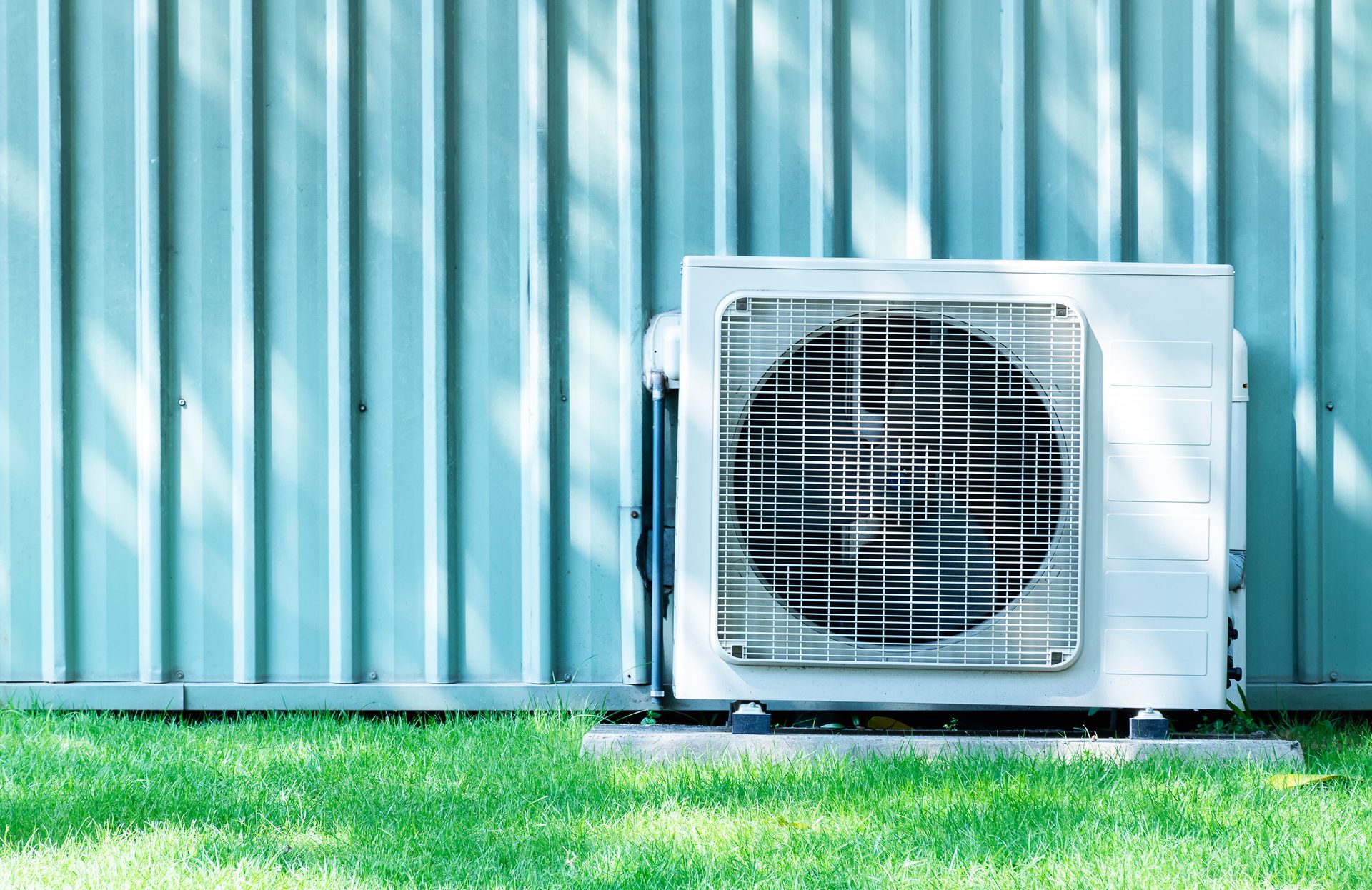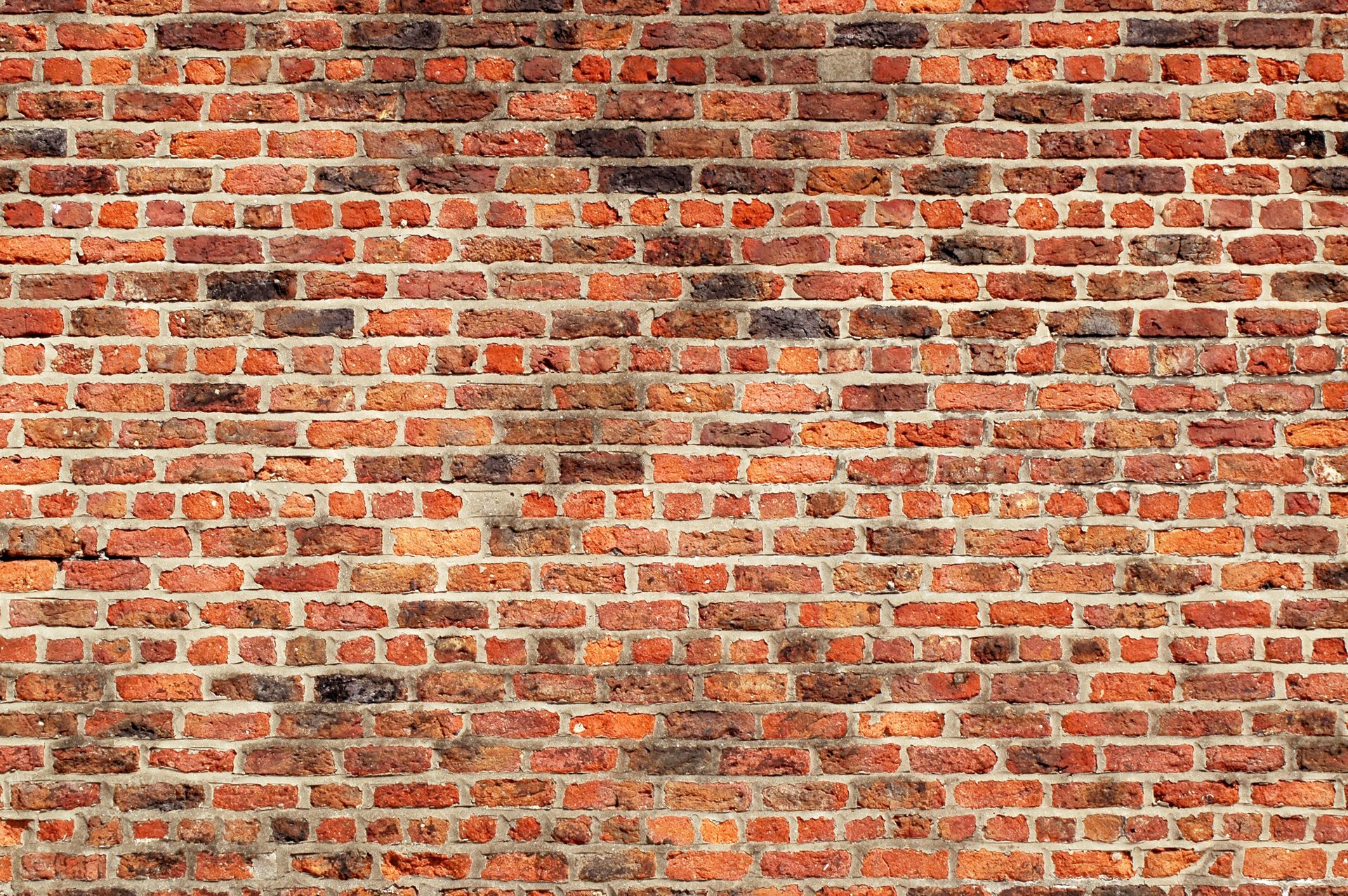
CONTRACTOR’S CORNER
BY DAVE YATES
Tackling Zoogloea
From odor complaints to upselling opportunities, bacterial buildup in condensate lines presents both a challenge and a service strategy for HVAC professionals.

Bacterial buildup in AC condensate lines is more than a mess to be cleaned: it’s a maintenance must and a moment to build customer trust. Ratchapon Supprasert / iStock / Getty Images Plus
Zoogolea.
If a customer ever calls complaining about an odor associated with their air conditioning, you can throw that word their way! Snot, goo, boogers or white slime in condensate drain pans and inside the drain line is actually bacterial zoogloea. It grows best in dark, moist and warm environments. In extreme neglect cases, I’ve even seen it infesting the indoor evaporator coil too. The bacteria feeds on dust and organic matter not captured by the air-filters.
Zoogloea slime is relatively easy to deal with and mostly eliminate, unless the condensate drain is simply terminated through the concrete floor to drain into the crushed stone bed under the floor. If that’s how the condensate drain was installed, you have a golden opportunity to upgrade the customer’s application, eliminate the odors, possibly reduce radon infiltration and seal shut the concrete floor with some vinyl patching cement by installing a condensate pump. If a high efficiency condensing furnace is incorporated, then a condensate pump with built-in acid neutralizer is recommended.
Cleaning the built up junk in the drain line itself can be an easy task. There are numerous shop-vac attachments you can purchase to adapt to 3/4-inch PVC to suck out the contents, and I recently did that on several very long condensate drains that were over 30-feet long. It’s amazing how much “junk” accumulates in a year’s time. I’m using MERV-8 pleated filters that fit snugly into the return-air filter grills, but still there will be some bypass allowing larger particles to accumulate in the air handlers, drain pans, and condensate traps.
I prefer using condensate traps that allow you to see the contents and come with a flexible brush for sweeping the trap and to ensure the drain outlet from the pan itself is free and clear. Some of our techs preferred blasting the drain from trap to termination with a CO2 gun or compressed air, which is fast but can be messy if you don’t get a good seal before blasting the drain line!
If yours is one of the running traps (basically just PVC with a belly) that is hard-piped, you’ll need to add a tee with removable cap or plug for future access. Once the trap is brushed clean, and even if you have blasted the drain or sucked out the contents at the termination end, it’s time to give it a flush. Here again, you can purchase PVC rigs with a hose and ball valve connection to forcibly flow full house pressure through the condensate drain, or use a white vinegar 30% solution and let that stand for 10-minutes before flushing with hot water. I find a water bottle with its bottom cut off works well by inserting the end you drank from into the PVC while pouring the vinegar with water chaser into the open bottom. You can always decant the vinegar solution into an unmarked bottle, a used water bottle, or private label bottles with your company logo on them: “Doctor Dave’s Drain Line Elixir."
Beware of snake oil remedies! Never mix bleach with vinegar because that generates a poisonous chlorine gas, which is a lung and eye irritant. Given that we’re typically in confined spaces without adequate ventilation, mixing chemicals is almost never a good idea. Same goes for peroxide mixed with vinegar as that creates peroxyacetic acid, which is very corrosive and also irritates the eyes, lungs and skin. You can, however, give the drain line a dose of hydrogen peroxide, let stand for 10-minutes, flush with water and follow with vinegar, let stand for 10-minutes and then do a final flush. Anti-bacterial tablets can be placed in drain pans, as can a strip of silver brazing rod, with silver being a natural antibacterial actor. Or, you can purchase AC condensate drain cleaners to pour into the drain.
Take pictures before, during, and after. While it may be unpleasant to look at, zoogloea slime and the contents in your shop vac clearly convey your service has been invaluable. This is also the perfect time to press home having the customer buy into an annual service contract custom tailored to their equipment. Toss in some incentives (added value) that really don’t cost you much, if anything, like no overtime charges for overflowing condensate drains (shouldn’t happen if you’re performing maintenance, right?), coverage for things that almost never break, but sound scary, etc.
While it may be unpleasant to look at, zoogloea slime and the contents in your shop vac clearly convey your service has been invaluable. This is also the perfect time to press home having the customer buy into an annual service contract custom tailored to their equipment.
Electrician’s fish tape will travel! They’re highly flexible and typically have a hooked end. Push it through the drain line backwards from the termination point, attach a rag, and drag it back through the drain line to dislodge and sweep the debris out of the drain line. You can also use your shop vac and an electrician’s “mouse” attached to string to suck it through the line, then attach a rag or other soft pliable larger “mouse” and pull that through the drain line.
Upsell, upsell, upsell! AKA: Options, we got options. You or your tech is right there in the home or business. Your credibility has already been established. You have provided pictures and/or shown the dirty evidence. You’re solidly in the health and safety helm of sales, so don’t just collect and drive away.
Filtration: if they were using cheap toss-away ineffective air filters, upgrade to MERV-8 minimum and why not ones with odor eliminating qualities. Show them how to replace them every three months or offer that in your service contract. Price an object? Make it automatic monthly charges rather than one large lump sum, unless you offer a lump sum discount.
Ultra Violet Sterilization: UV products are available for treating slab- or A-coils. There’s UV for the airstream too. A side benefit is odor eating.
HEPA filtration? Allergies anyone? HEPA is far easier to sell today after COVID.
Don’t forget to include equipment service with the annual contract. How about WiFi leak detection at the AC unit? Leak detection at the water heater too.
SPIFs anyone? A SPIF is a SPIn OfF, which is typically a percentage of the upsell. To set up the SPIFF program, give your techs, and inside sales/receptionist, set parameters for each item. If, for example, your receptionist sells a service contract, (s)he gets X$. Same goes for each individual item. You can bundle items into SPIFF packages along with customer discounts on bundled items. Pay the SPIFFs in cash at your next shop meeting. (After deducting taxes, etc, of course.) Throw a pizza party to kick off the program. Everybody wins.
Dave Yates began his career in the PHCP-PVF trades in 1972 with F. W. Behler, a third-generation plumbing/HVAC firm he purchased in 1985. He can be reached at dyates@consultyates.com.
